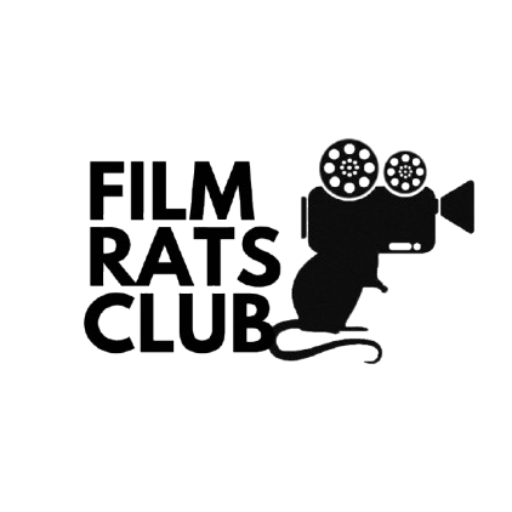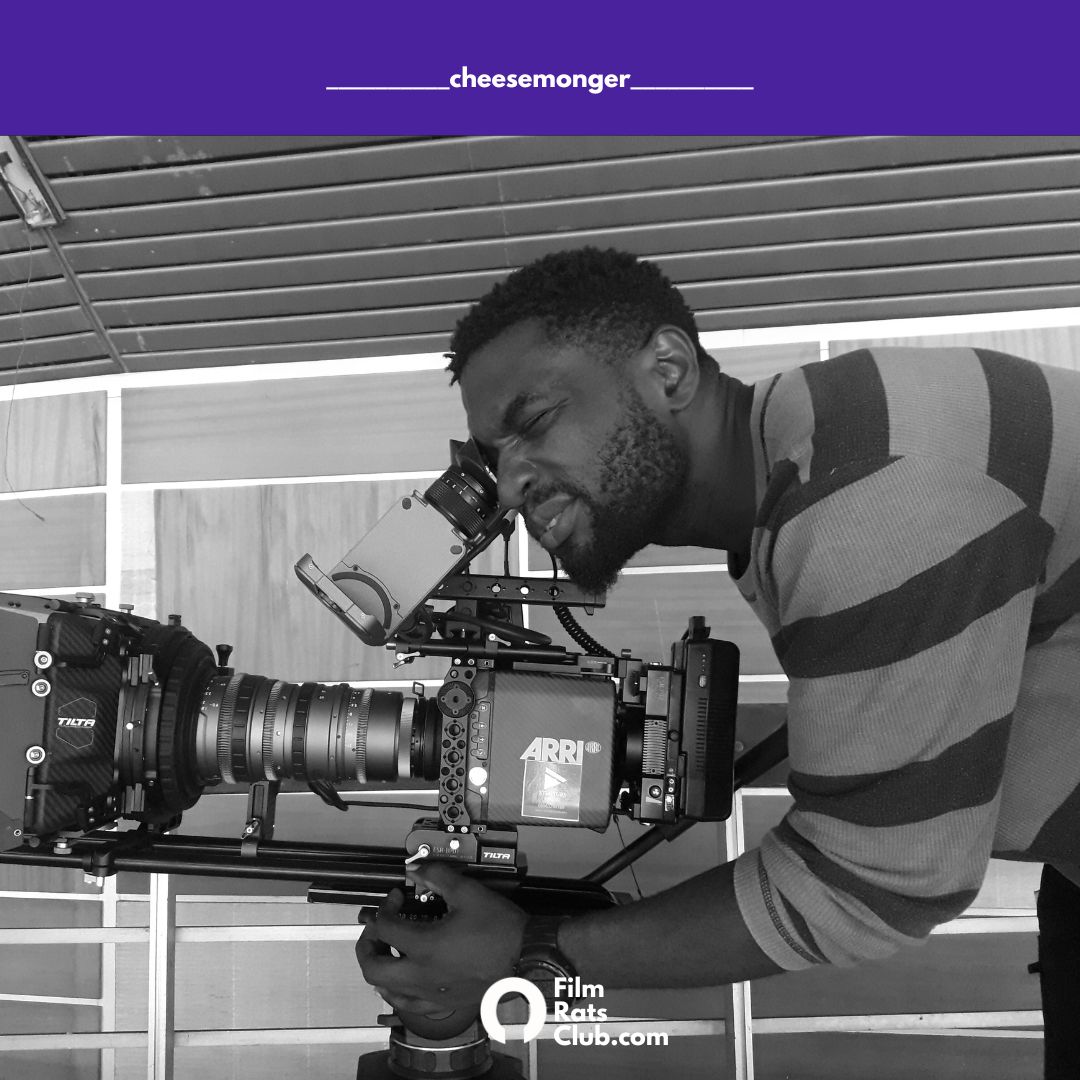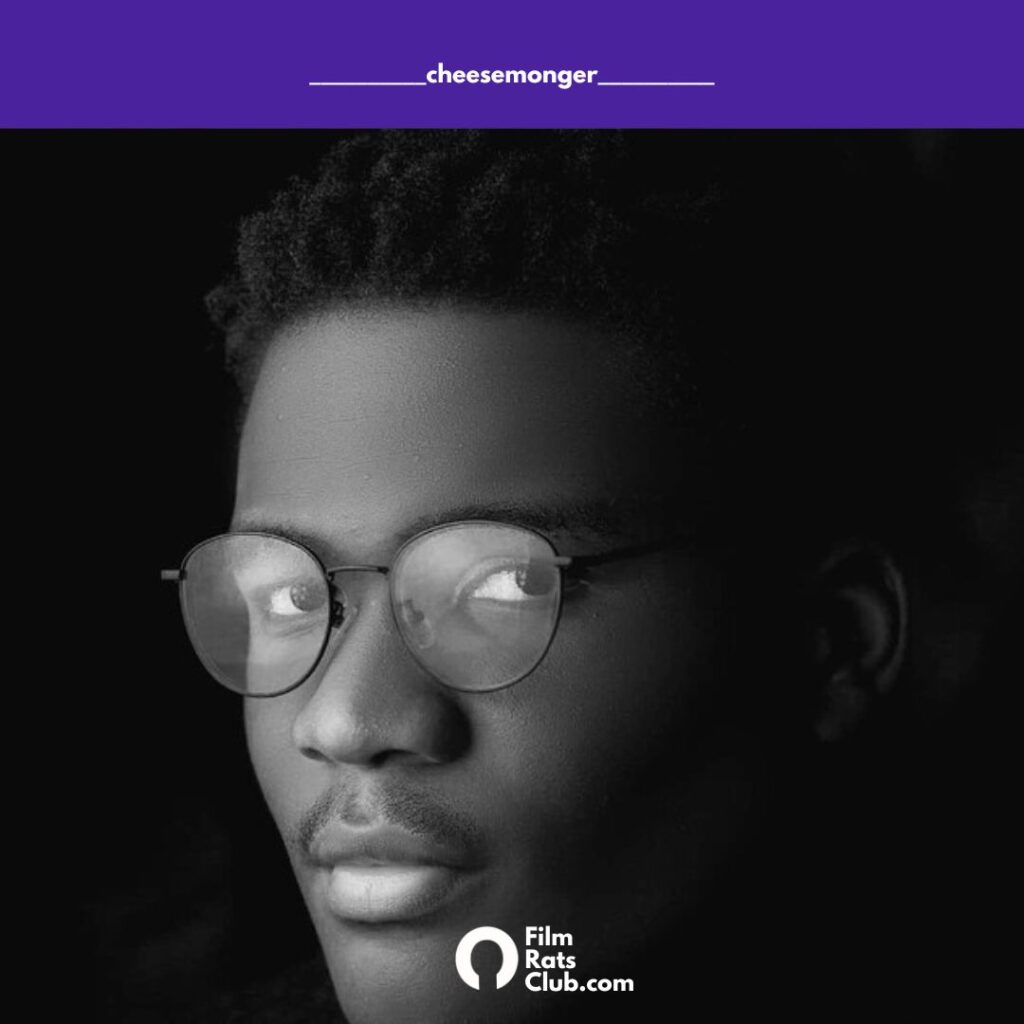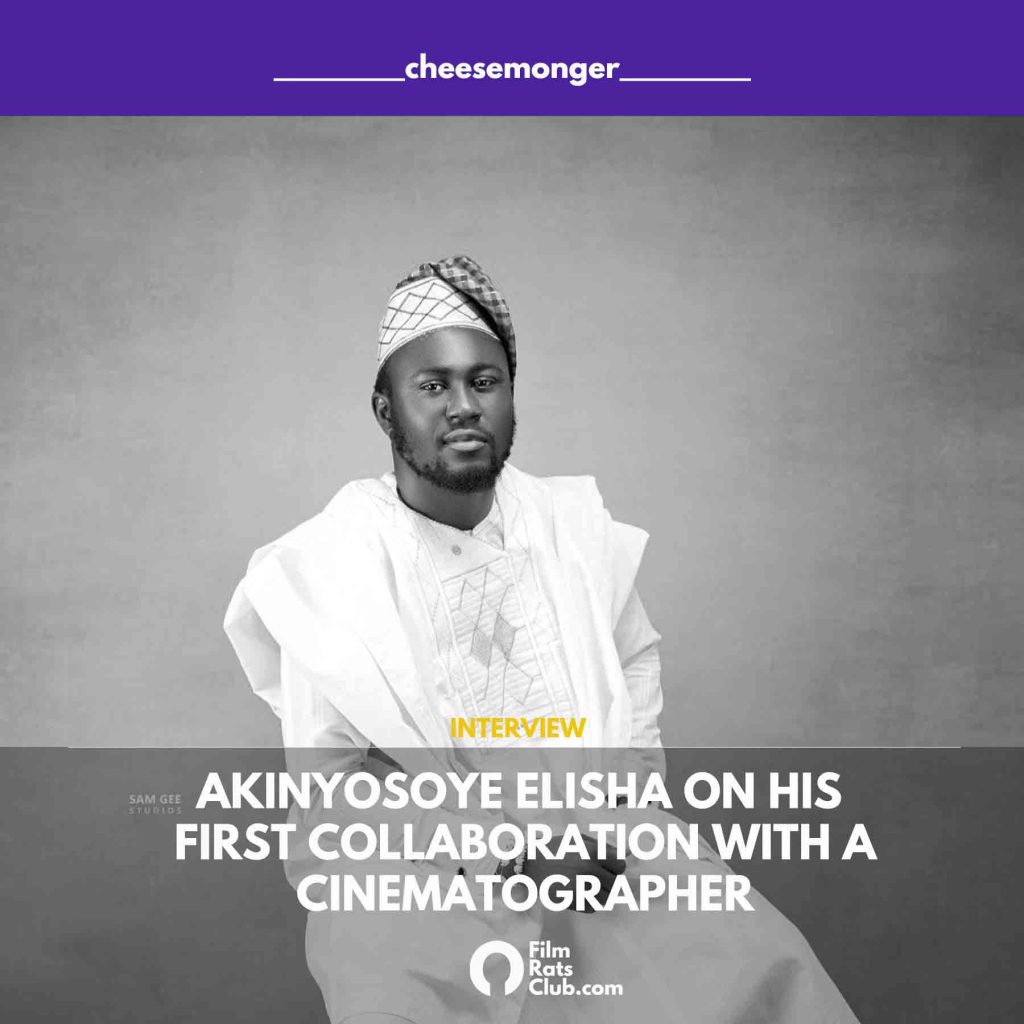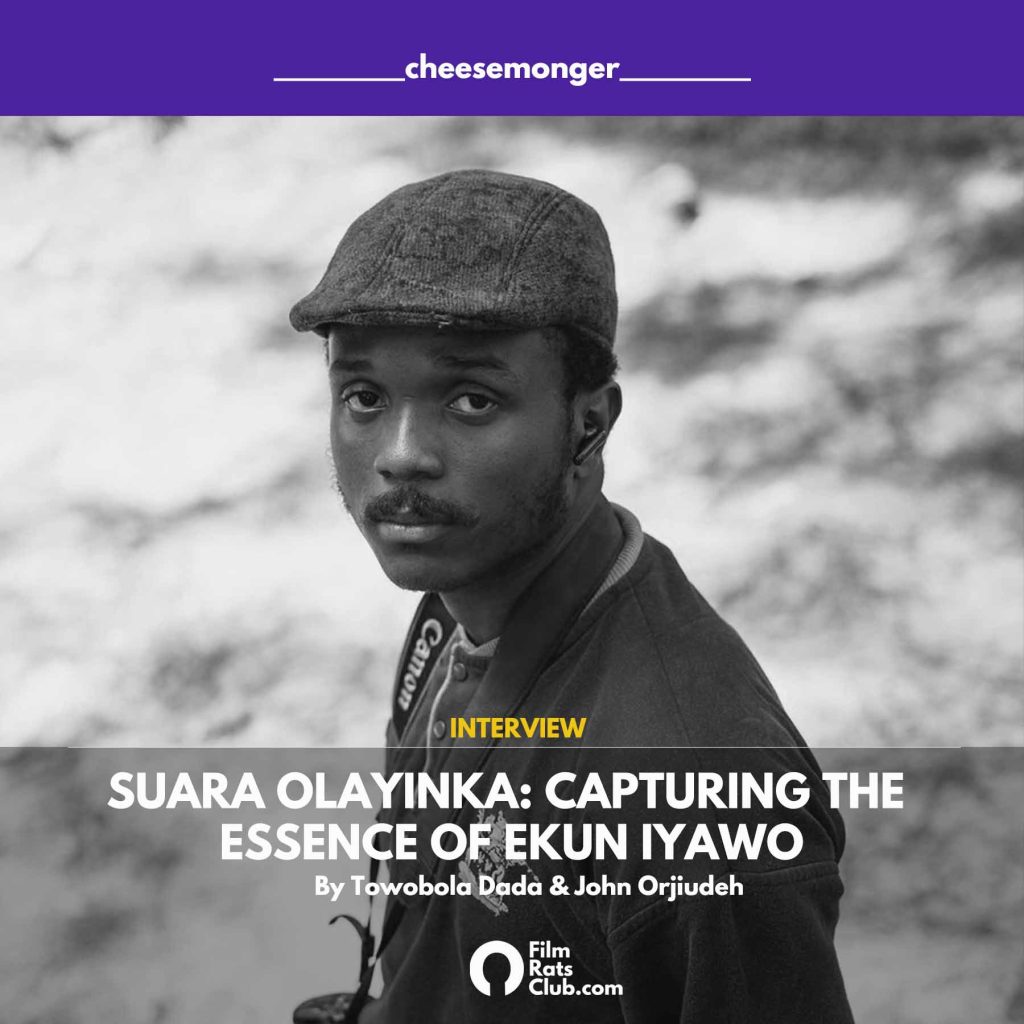Augustine Okosa Reflects On Filmmaking And The Journey So Far
Born in Kaduna, Nigeria, Augustine’s journey into film is one marked by curiosity, craftsmanship, and constant reinvention. Trained as an architect with a Master’s degree in Environmental Design (Architecture) from the University of Lagos, his path took a sharp but fateful turn during his university years when he discovered a passion for visual storytelling. Since then, Augustine has emerged as a dynamic filmmaker, gaining recognition as one of Access Bank’s Top 20 Accelerate Filmmakers in 2019, and later winning a 5 million Naira grant for Best Short Film from D’long Media and Learner’s Cut TV Programme. His portfolio spans an impressive list of credits across popular Africa Magic series such as Ajoche, Unbroken, Riona, Itura, Love Come Back, Judging Matters, and Comedy Nights, as well as award-winning short films, feature-length projects, and productions both in Nigeria and The Gambia. In this conversation, Augustine reflects on the making of his short film Jude—a project deeply rooted in his early experiences on set as a camera assistant. Drawing inspiration from everyday filmmaking equipment and reimagining their potential through a sci-fi lens, Jude poses a playful but poignant question: What if the tools we use in filmmaking could do more than just tell stories; what if they became part of the story? We also talk about the filmmakers who have shaped his journey, including his collaborations with industry heavyweights like James Omokwe and Tosin Igho, and explore his recent move to Georgia, USA, as he navigates new opportunities and creative frontiers in the global film industry. Where are you currently based, and what motivated your decision to move there? I’m currently based in Atlanta, Georgia, USA I was motivated to move here by both marriage and Hollywood. While in Nigeria, how would you describe your overall experience in the film industry? What were some of your best and most challenging moments? It’s rigorous and demanding, but it has the potential to be more structured. I believe the lack of structure is its biggest challenge. My best moments are always on set, working with the crew. There’s something special about a film crew; you form a kind of family, even if it’s just for a short time. When the environment is friendly and non-toxic, it makes the experience even more rewarding. It’s not just work; you’re creating something together while having fun in the process. The second-best moment for me is seeing the finished product, watching the work we’ve put in come to life. It’s especially fulfilling when the audience not only appreciates it but is entertained by it. Knowing that something you’ve created is doing the work of storytelling and bringing joy to people is deeply satisfying. On the other hand, my worst experiences have been in toxic work environments. That kind of atmosphere takes away from the essence of why we do this in the first place. One of my best experiences was working on At Your Chair. It was my first major large-scale production, and it remains one of my most memorable projects. As for my worst experience, it would have to be working with a producer on two films. One of them had already been started by another director who ended up leaving the project, and I had to step in to complete it. The second was a new film we worked on together. But despite all the effort put into both projects, the producer lacked the dedication to see them through. I’ve worked on multiple films that were meant for cinema releases, but to this day, they haven’t come out. That kind of situation, where the work is done but never sees the light of day, has been one of my biggest frustrations in filmmaking. I’d love to hear more about the filmmakers you’ve enjoyed working with and how your filmmaking journey began. I’ve worked with many filmmakers over the years, but some of the most notable collaborations I’ve truly enjoyed have been with Tosin Igho, James, and Marquette, among others. Looking back at my journey, I’ve always been a creative person. In secondary school, I had a strong artistic side. I loved drawing, building house models, and crafting small cars. My dad saw this and believed architecture would be a great path for me, and I agreed. That became the plan: I would study architecture, build a career in it, and that was the future I envisioned for myself. But along the way, something significant happened that completely changed my perspective. I remember it vividly—one day, I watched a documentary called Cinema Secrets, and they were showing the behind-the-scenes of The Matrix. I was spellbound. I couldn’t believe what I was seeing, how these filmmakers created such magic. It was mesmerizing. I thought to myself, I want to do this. I want to be in this world of make-believe. That moment left a lasting impression on me. Over time, my passion for film grew. In fact, I often found myself more drawn to the behind-the-scenes content than the actual movies. Sometimes, I would watch the BTS before even seeing the film itself because that process fascinated me the most. Of course, I still went on to study architecture, completed my first degree, and even did my master’s. But at some point, I had a realization, I was at a stage in life where I had the freedom to make a change before major responsibilities like marriage or children came into the picture. So I made the decision. One day, I quit my job and fully embraced filmmaking. Of course, the journey wasn’t as simple as that; there were many steps and moments in between, but that was the turning point that set me on this path. You mentioned working with Tosin Igho and James Omokwe. Which projects were these, and what did you enjoy most about their process and collaboration? I’ve had the opportunity to work on several projects with James Omokwe, including Ajoche, Riona, Unbroken, and Itura, as well as productions from the days when Africa
